
Picture this, you’re enjoying a beautiful trek through Nepal when suddenly your partner complains of a headache and feels a little dizzy. You get to your tea house and he doesn’t feel like eating anything. Sound familiar? He might be suffering from Acute Mountain Sickness or AMS. AMS is one of the most common risks that trekkers face while trekking at high altitudes. This usually occurs at altitudes above 2500m and is the degradation of health due to the gain in altitude.
Why does it happen? When one gains altitude, the density of air reduces correspondingly reducing the amount of oxygen absorbed by the lungs with each breath. AMS occurs as the body does not have time to adjust to this reduction of oxygen. Mild AMS is a common phenomenon and the symptoms are usually easy to identify.
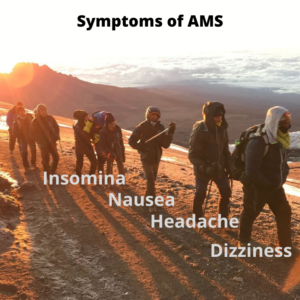
Some of the symptoms of mild AMS are:
- dizziness
- headache
- muscle aches
- insomnia
- nausea and vomiting
- irritability
- loss of appetite
- swelling of the hands, feet, and face
- rapid heartbeat
- shortness of breath with physical exertion
These symptoms can occur within a few hours of heading to a higher altitude. Dehydration due to the higher rate of water vapour lost from the lungs at higher altitudes may also contribute to the symptoms and severity of altitude sickness.
AMS symptoms are usually identifiable and can be treated. Some of the treatments include:
- Hydrating with water
- Reducing your activity level
- Resting for at least a day before moving to a higher altitude
- returning to a lower altitude
By far the best method to prevent AMS is through a process known as acclimatization however, Drugs such as Diamox are effective at reducing the symptoms.
Acclimatization is the process in which an individual adjusts to a change in its altitude, allowing it to maintain performance across a range of environmental conditions. Some basic principles for acclimatization are:
- Don’t gain altitude too fast i.e. maintain a slow pace while trekking at high altitudes
- Avoid exerting yourself for the first 24 hours at a high altitude
- Take one acclimatization or rest day for roughly every 900ft gain in altitude
- “Climb High and sleep low.” You can climb more than 1,000 feet (305 meters) in a day as long as you come back down and sleep at a lower altitude.
- Stay properly hydrated. Acclimatization is often accompanied by fluid loss, so you need to drink lots of fluids to remain properly hydrated (at least 3-4 litres per day). Urine output should be copious and clear.
- Avoid gaining altitude if you have some symptoms of AMS.
- Keep in mind that different people will acclimatize at different rates and the group must ensure that everyone is properly adjusted to the altitude before moving higher.
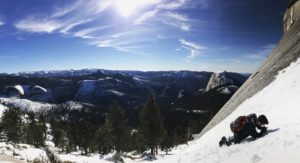
There are various medications that can be used to treat AMS based upon a Doctor’s prescription and recommendation. They include:
- Ibrufen
- Dispirin, for headache relief and
- Diamox
- Dexamethasone, only in extreme cases
It is best to consult a doctor or expert before using any medication for AMS. We recommend a full medical check-up before a trip to the mountains.
There are various factors that affect the likeliness and severity of Acute Mountain Sickness, some are the rate of altitude gain, the altitude itself and amount of physical activity. Altitude sickness usually occurs due to a rapid gain in altitude can be prevented by trekking slowly and/or gradual increase in altitude. In most cases, AMS symptoms are temporary and subside after the individual acclimates. However, in some cases, Altitude Sickness can be fatal. Severe cases of AMS are High Altitude Pulmonary Edema and High-Altitude Cerebral Edema and require immediate medical attention.
Most climbers stick to a method of ‘Climb High and Sleep Low’. The idea is to expose the body gradually to higher and higher altitudes, allowing it to adjust, and then returning back down to sleep at an altitude the body is used to. Our treks at Adventure-Pulse incorporate acclimatization days that involve short hikes to a higher altitude to help the body adapt to the higher altitudes.
Acute Mountain Sickness is something most trekkers will face; knowing the basics can go a long way in ensuring the safety of the team and that you can enjoy your time in the mountains. It is preventable with proper planning and acclimatization. Plan any trek well and make sure you are aware of the nearest medical centres and emergency contacts.
Sources and additional reading:

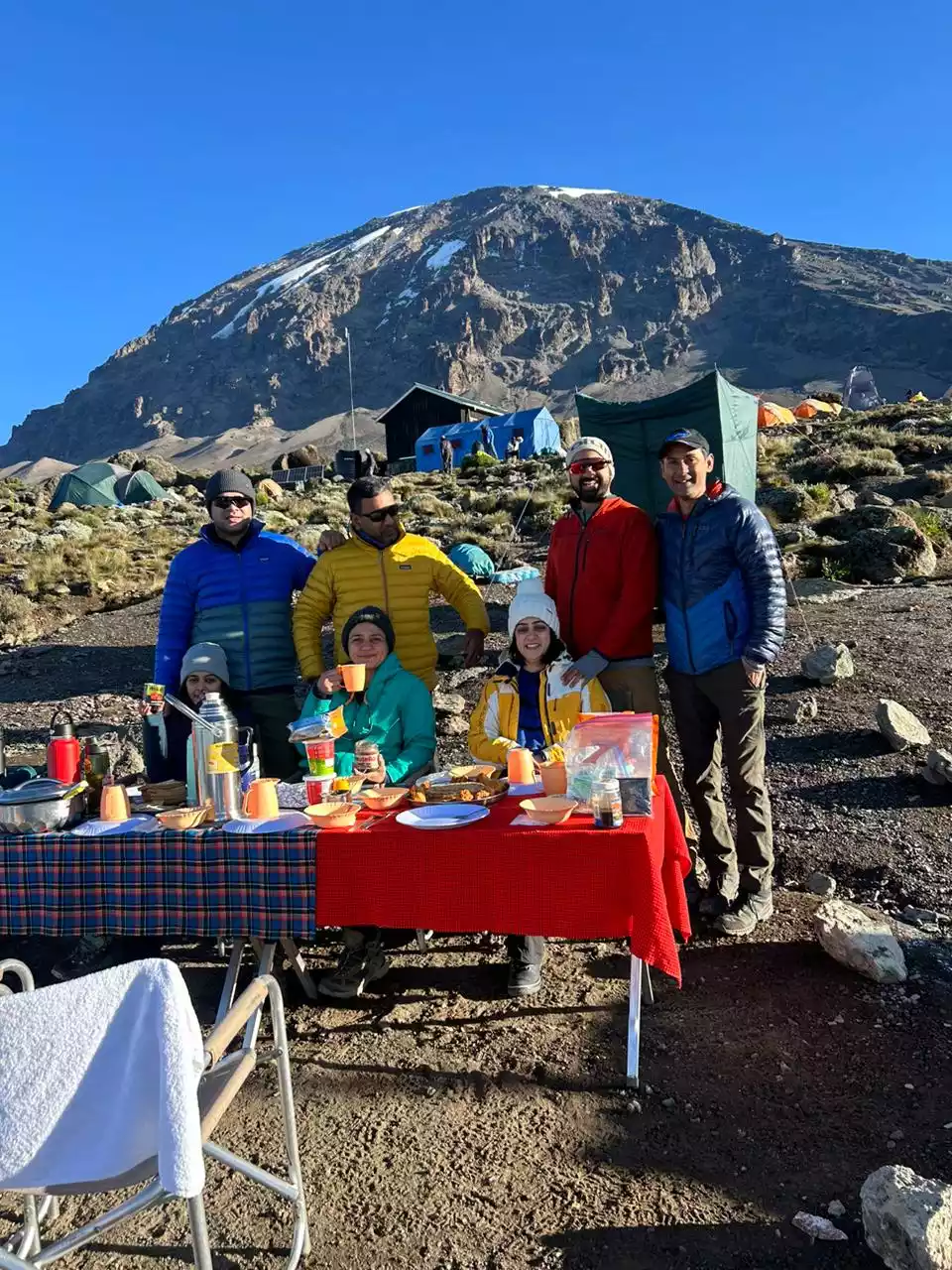
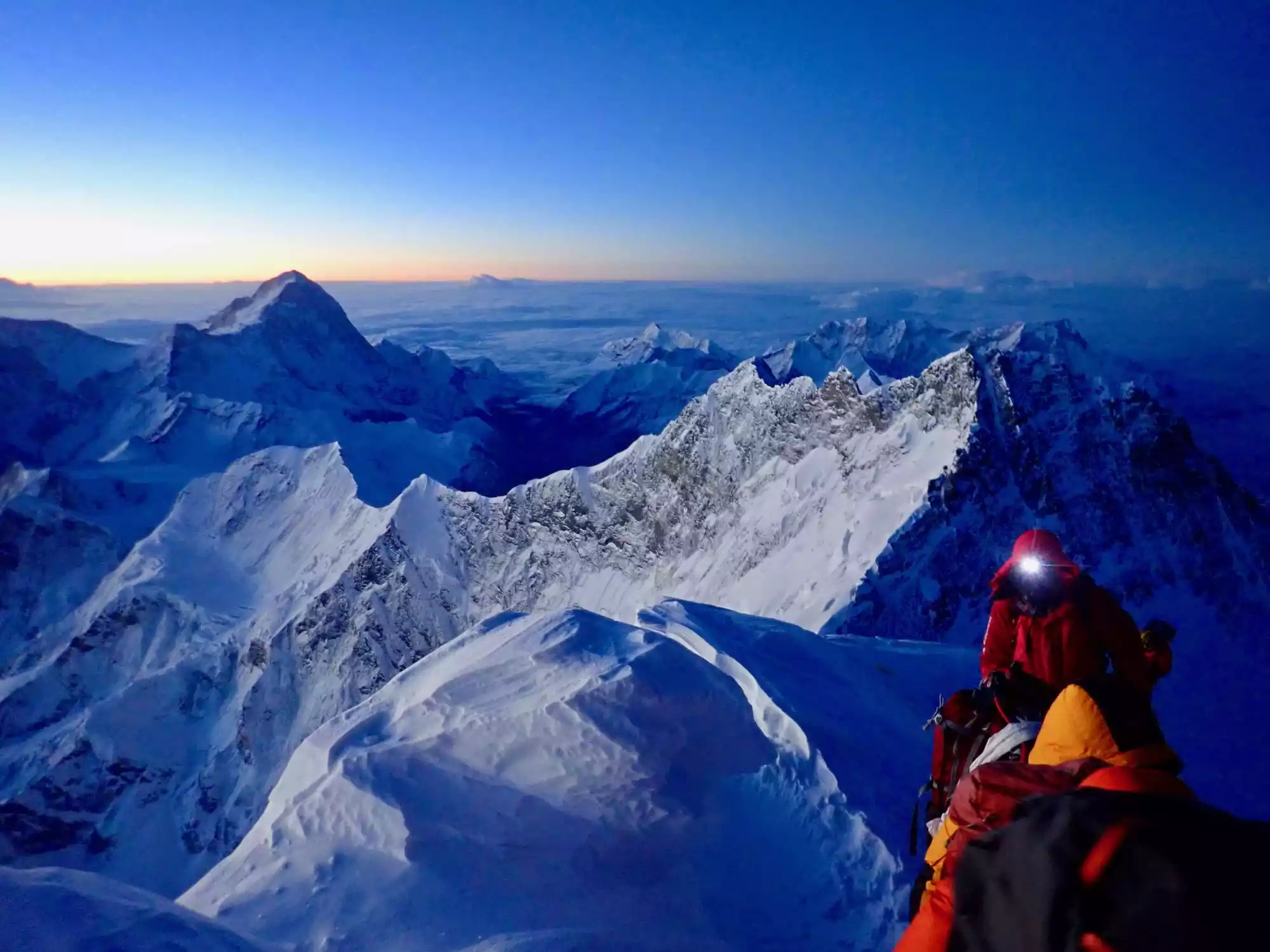
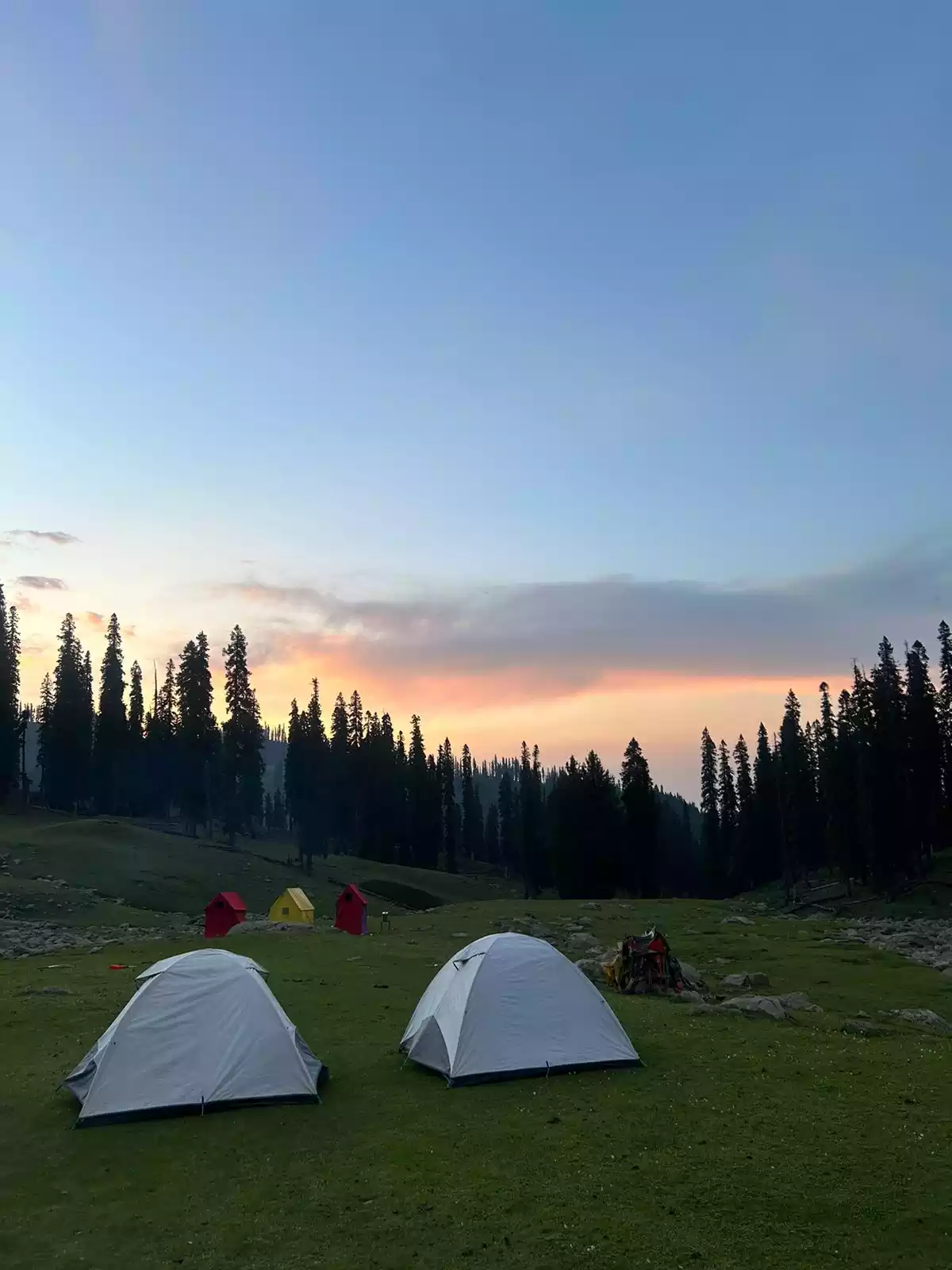

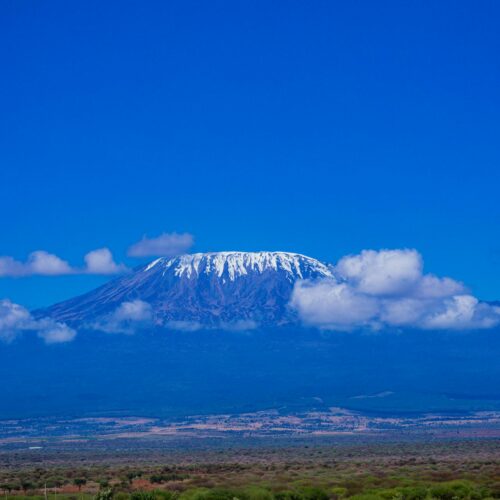



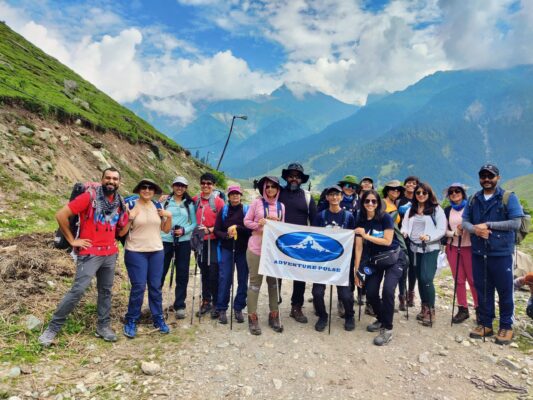
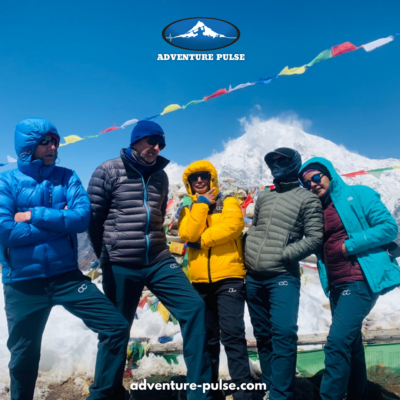
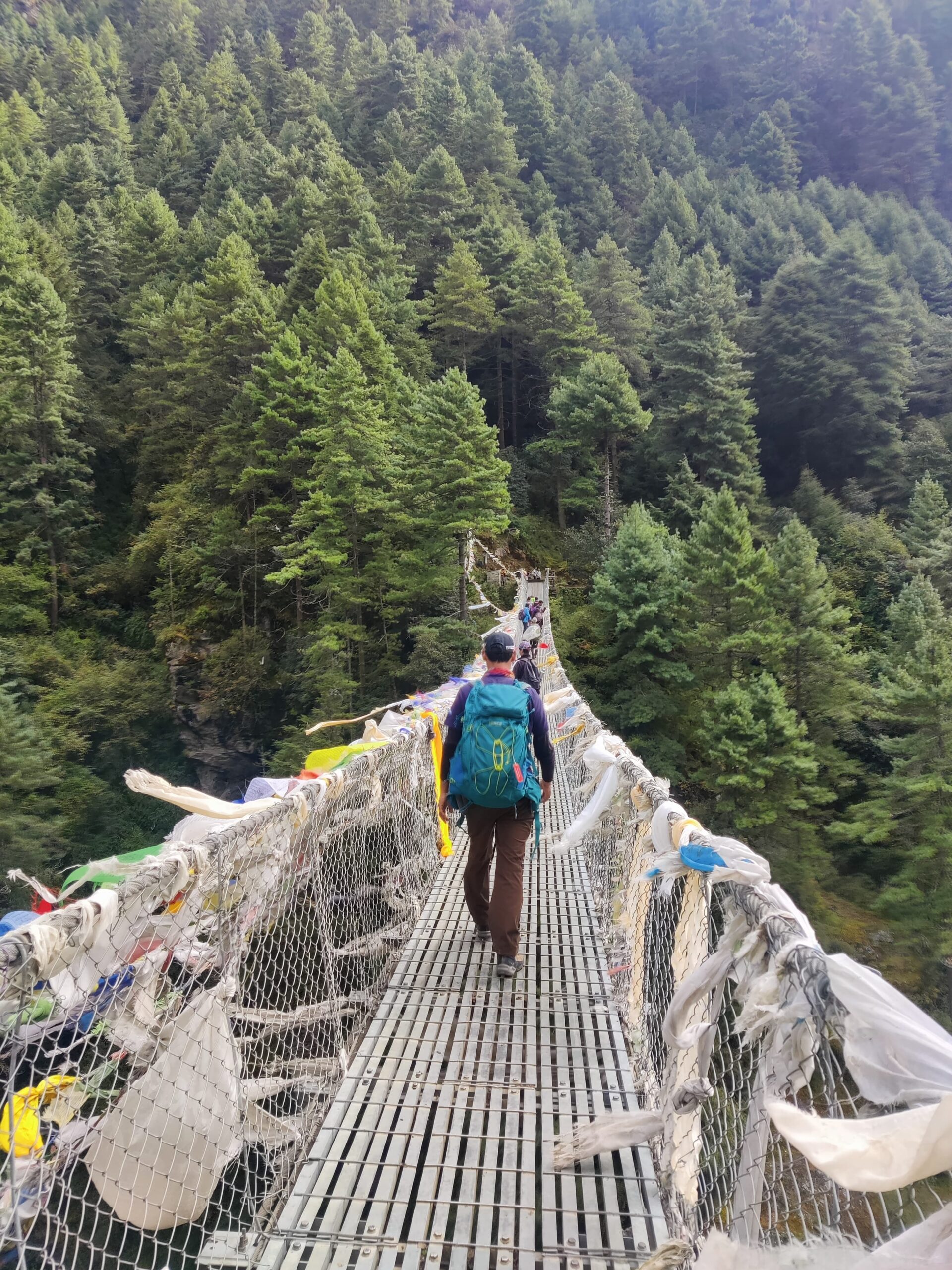
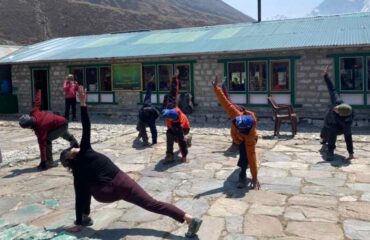
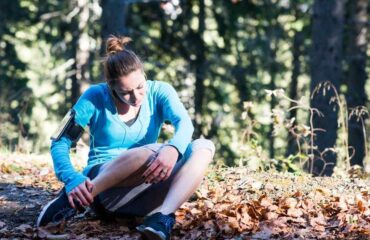
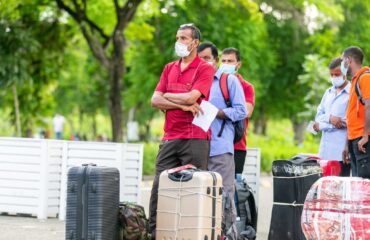
[…] A beginner’s guide to Acute Mountain Sickness […]